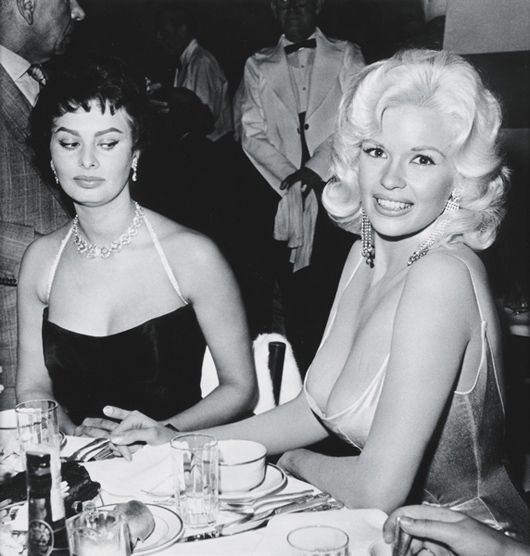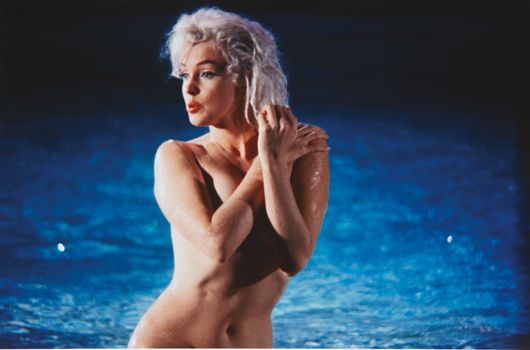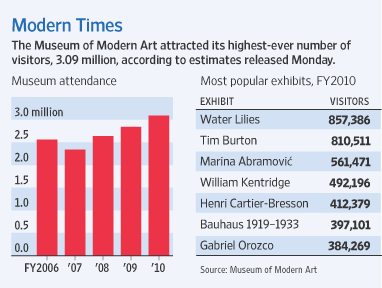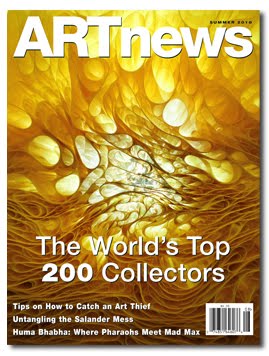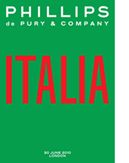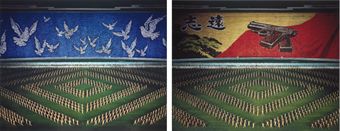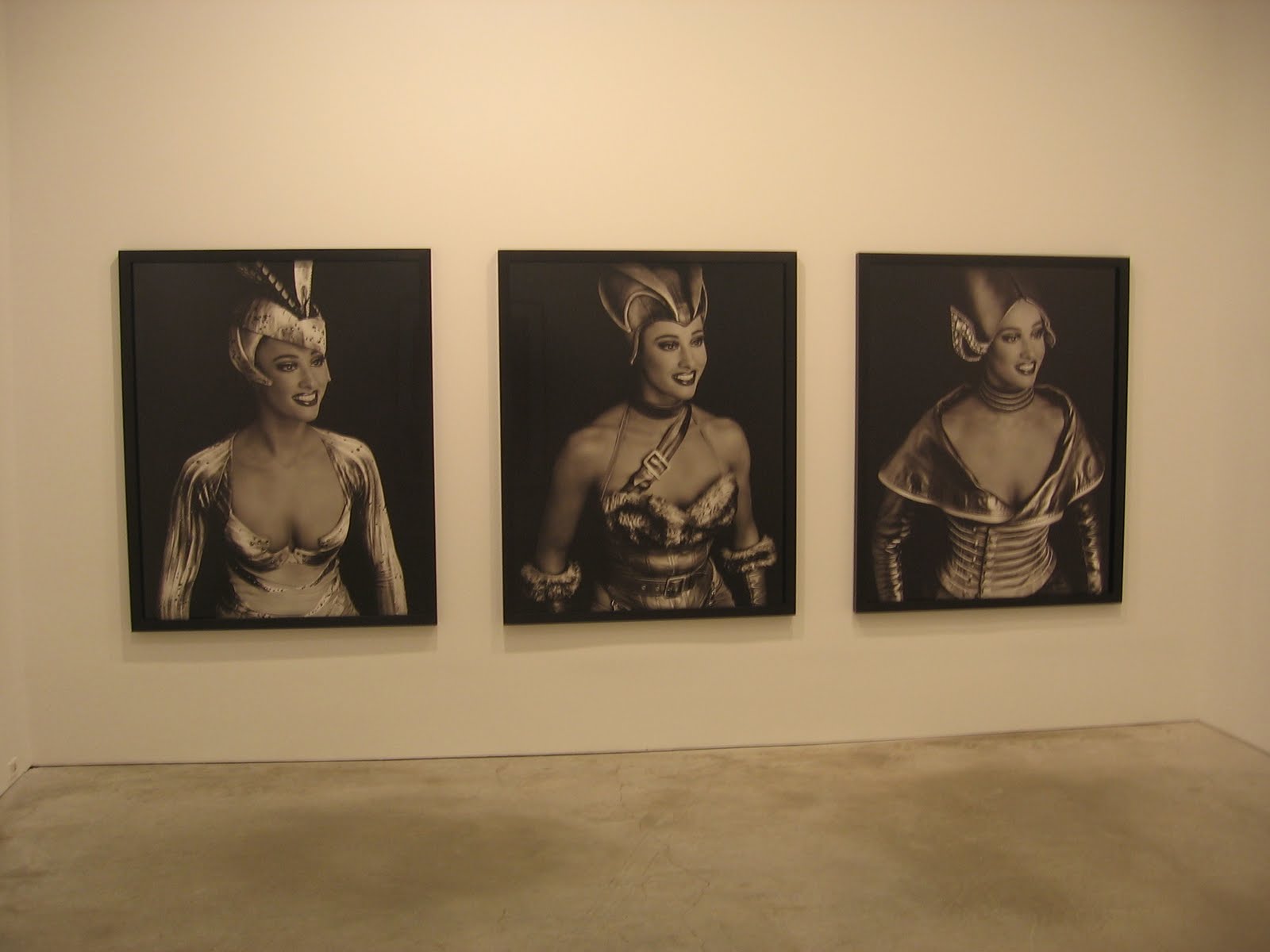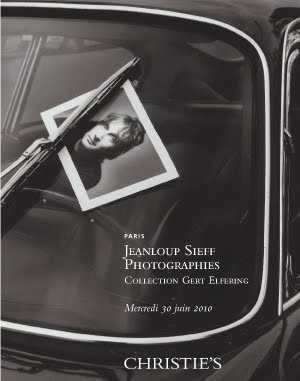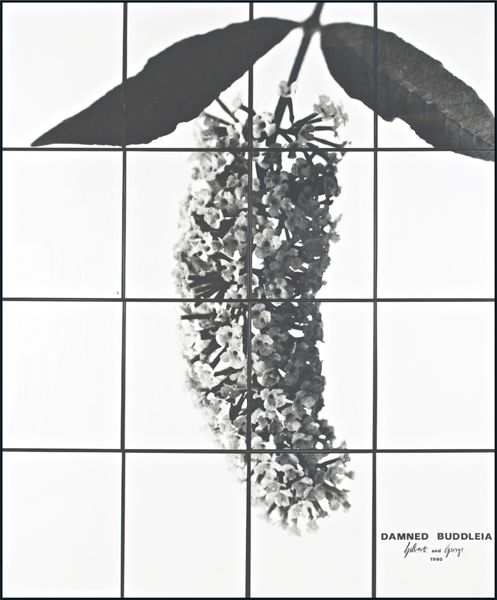 JTF (just the facts): Published in 2009 by Hol Art Books (here). Subtitled Collected Writings and Interviews. 300 pages. Contains essays, book introductions, interviews, artist statements, lectures, and other writings from 1976-2007. (Cover shot at right, via Amazon.)
JTF (just the facts): Published in 2009 by Hol Art Books (here). Subtitled Collected Writings and Interviews. 300 pages. Contains essays, book introductions, interviews, artist statements, lectures, and other writings from 1976-2007. (Cover shot at right, via Amazon.)
Comments/Context: Frank Gohlke’s writings are quiet and clear, the record of a photographic life lived with a sense of measured humility and thoughtful attentiveness. The fact that Gohlke has a written voice of genuine eloquence has perhaps gone unnoticed by many during his long career, as his careful words have been intermittently scattered between descriptions and interrogations of his own work and acute observations of the work of friends, students and colleagues. This volume gathers together the photographer’s varied writings over a period of three decades, and provides a chronological history of the progression and evolution of his artistic thinking.
What I found most interesting in these consistently articulate writings was the underlying and ongoing process of Gohlke searching for meaning in the intersection of humanity and nature. While Gohlke was included in the now famous New Topographics exhibit, his personal explorations of the meaning of the land around him across his career go far beyond the implications of the “man-altered landscape”. As these writings reveal, every one of his projects comes back to the same central subject: the patient and affectionate study of the roots of the landscape, trying to understand its subtleties and nuances with intelligence and gratitude.
In each successive essay, Gohlke’s world view can be seen changing, becoming synthesized and transformed by intersections and refinements of ideas. His famous grain elevators start out as studies of structure and surface, but soon become investigations of function, space and the relationships between society and the land. Images of the aftereffects of a tornado in his North Texas hometown document patterns of erasure and rebuilding. His pictures of the land surrounding the Mount St. Helens volcano investigate the power of nature and the scale of destruction with the sympathetic eyes of a combination artist/scientist. And his intimate study of the less than glamorous Sudbury River asks hard questions about our actual understanding of the land around us and its history. In every case, we see Gohlke approaching his subject with intellectual rigor. What is really going on in this particular landscape? What do its surface clues tell us about its underlying structure? What are the relationships between the people and the geography and how can they be manifested in an image? He treats the land with respect and dignity, and asks his questions with both conviction and optimism. Each project represents a set of decisions, a sense of going deeper into a meaningful conversation with the world around him.
I also found Gohlke’s reflections on his life as an artist to be personal and insightful. He expresses genuine excitement in his discovery of photography and his subsequent freedom from a life of academia. His story moves through several different cities and towns, as well as a parallel journey of figuring out how to be an artist and which creative paths to follow. All along the way, he proves to be a person who is thinking deeply and maturely about his craft, its connections to his own individual history, and its place in the larger society of humanity.
After reading these essays, I only wish Gohlke had written more, especially about other artists. His introductions, prefaces, and reviews of the work various other photographers are incisive and graceful, getting underneath superficial surface observations into more thoughtful and nuanced readings of intention and execution; he paid attention and drew insightful and original conclusions.
As a collector, this terrific book is a good reminder that there are no short-cuts to understanding the motives for photography. One must look, and look again, and then actively think, and think again, before we can even hope to understand. Frank Gohlke has made a career out of this kind of steady, persistent looking, and his work and writings teach us to calm down, engage our brains, and see what the landscape around us really has to say.
Collector’s POV: Frank Gohlke is represented by Howard Greenberg Gallery in New York (here). Prices for his works (both vintage and more recent) have ranged between $4000-7500 at retail and between $3000-6000 at auction, although very few of his best works have come up for sale in the secondary markets in past few years. We have two images from Gohlke’s 1970’s grain elevator series in our collection (here).
Transit Hub:
- Artist site (here)
- Reviews: Design Observer (here), The Online Photographer (here), Englewood Review of Books (here)
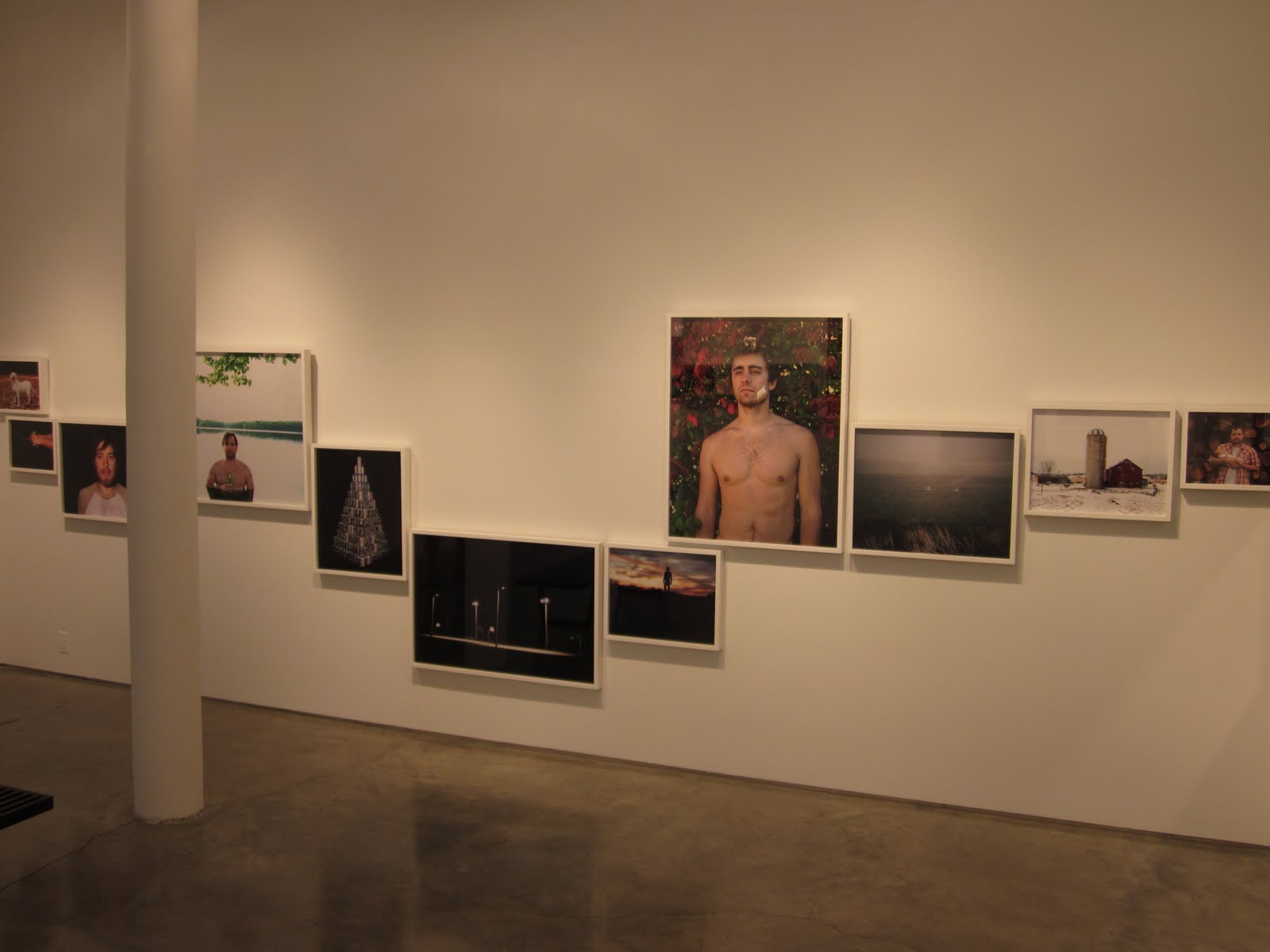 JTF (just the facts): A total of 32 color images, framed in white with no mat, hung edge to edge in an undulating up and down pattern across the walls of the single room gallery space. The digital c-prints range in size between 11×14 and 38×30, with a variety of intermediate sizes. The works were made between 2004 and 2010, and have been printed in two sizes each, in editions of 8. A monograph of this body of work, published by Decode Books (here), is available from the gallery for $35.(Installation shots at right.)
JTF (just the facts): A total of 32 color images, framed in white with no mat, hung edge to edge in an undulating up and down pattern across the walls of the single room gallery space. The digital c-prints range in size between 11×14 and 38×30, with a variety of intermediate sizes. The works were made between 2004 and 2010, and have been printed in two sizes each, in editions of 8. A monograph of this body of work, published by Decode Books (here), is available from the gallery for $35.(Installation shots at right.) The show covers a broad range of conventional masculine subjects, with an eye for detail: a pyramid of beer cans, push-ups, deer hunting, dogs, eye black, camouflage gear, basketball hoops at night, and mud. My favorite pictures chronicle the quintessential male ritual of shotgunning a beer. Burke photographs his subjects at the moment just after they have finished the race or the chest-thumping spectacle, when the beer runs down the front of their shirts and they stand wide-eyed and jolted by the rush of alcohol. The moment is filled with an unvarnished swirl of emotions: exhilaration, ridiculousness, testing, physical pain, and forced but somehow real camaraderie. These images are juxtaposed with a variety of gentler landscapes and more intimate shirtless portraits, posed against floral backgrounds. A self-portrait of the photographer holding his fragile baby in front of a stack of rough sawed logs poignantly captures the irony and conflict of his own male role.
The show covers a broad range of conventional masculine subjects, with an eye for detail: a pyramid of beer cans, push-ups, deer hunting, dogs, eye black, camouflage gear, basketball hoops at night, and mud. My favorite pictures chronicle the quintessential male ritual of shotgunning a beer. Burke photographs his subjects at the moment just after they have finished the race or the chest-thumping spectacle, when the beer runs down the front of their shirts and they stand wide-eyed and jolted by the rush of alcohol. The moment is filled with an unvarnished swirl of emotions: exhilaration, ridiculousness, testing, physical pain, and forced but somehow real camaraderie. These images are juxtaposed with a variety of gentler landscapes and more intimate shirtless portraits, posed against floral backgrounds. A self-portrait of the photographer holding his fragile baby in front of a stack of rough sawed logs poignantly captures the irony and conflict of his own male role.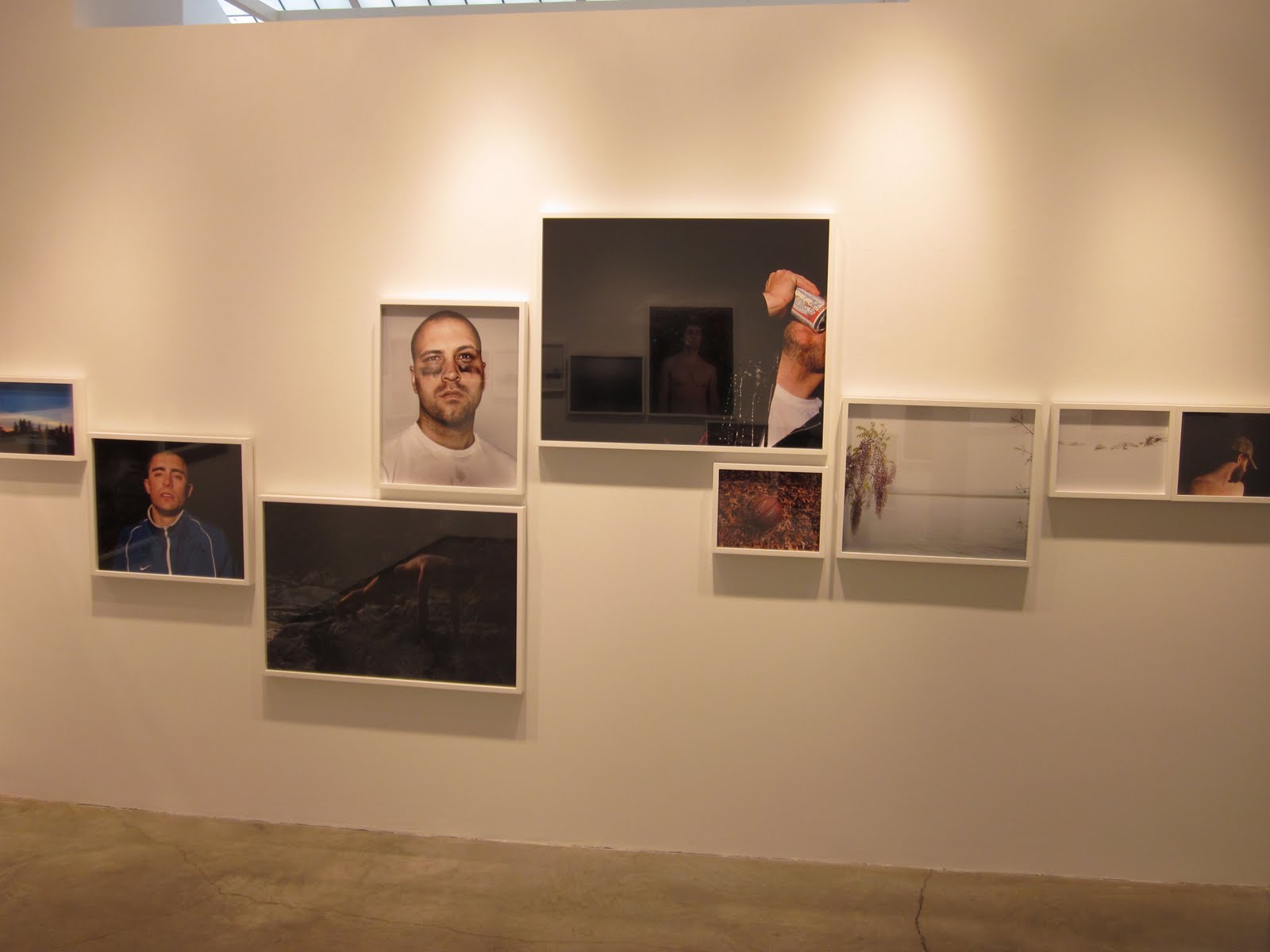 Collector’s POV: The works in this show are priced between $700 and $2200, based on size, with many different intermediate prices. Since this is Burke’s first solo show in New York, it is not at all surprising that his work has not yet made it to the secondary markets. Gallery retail is thus the only option for interested collectors at this point.
Collector’s POV: The works in this show are priced between $700 and $2200, based on size, with many different intermediate prices. Since this is Burke’s first solo show in New York, it is not at all surprising that his work has not yet made it to the secondary markets. Gallery retail is thus the only option for interested collectors at this point.

